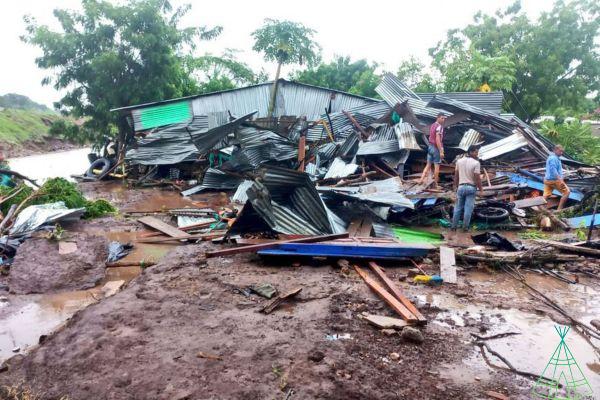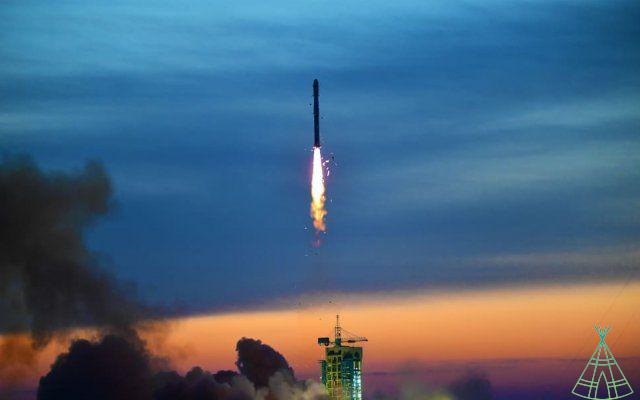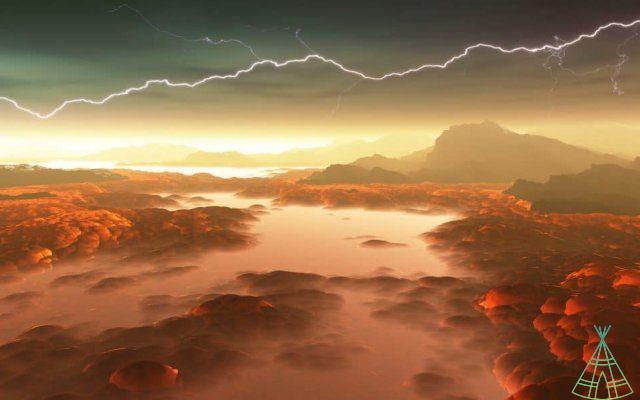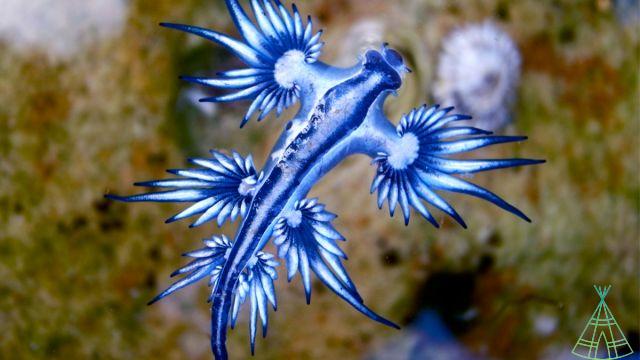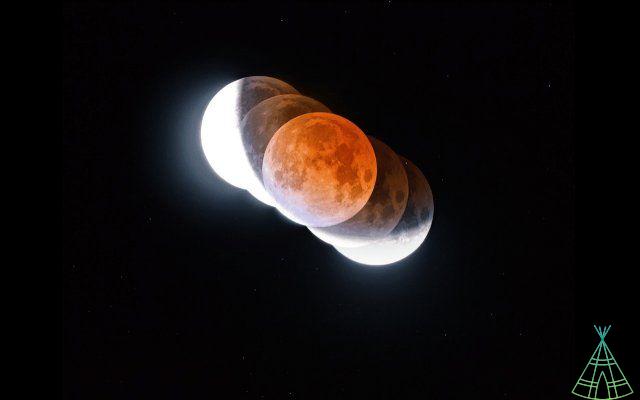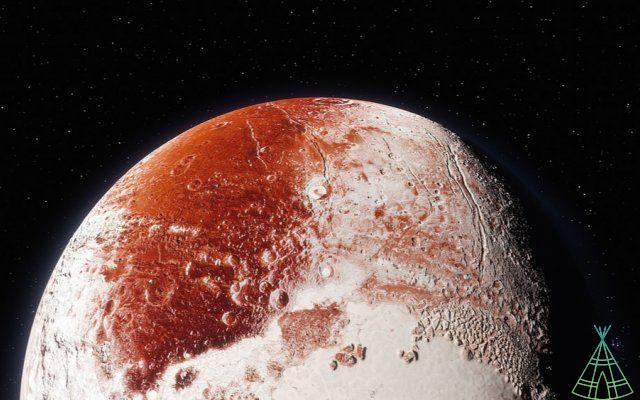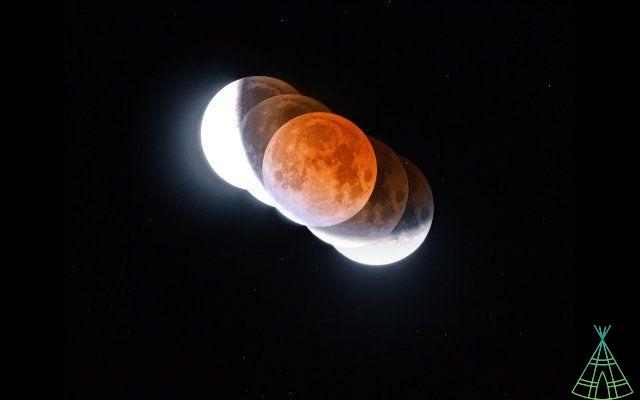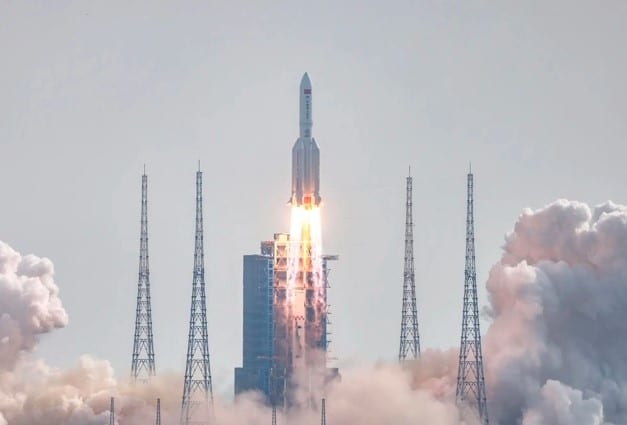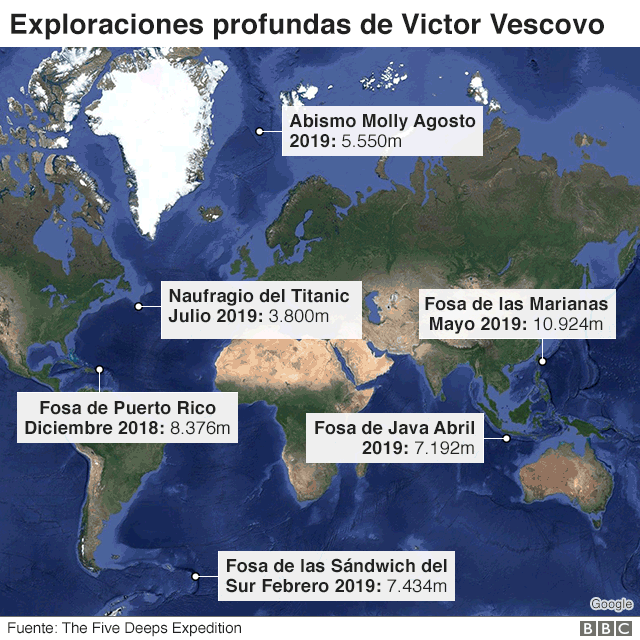The eruption of the volcano Cumbre Vieja, in the Canary Islands in 2021, left more than 1,6 buildings – including 1,3 residential projects – completely destroyed by the passage of expelled magma. According to scientists at the Johannes Gutenberg University in Germany, it is precisely one aspect of this – the low viscosity of the lava – that contributed to the destruction being so widespread.
"The viscosity of the lava was among the lowest ever observed in a basaltic eruption," said Yves Feisel, a doctoral student at the college's Institute of Geosciences. Feisel, part of the team led by researcher and professor Jonathan Castro, measured this viscosity quotient in samples of lava from the eruption and ash, in a laboratory associated with the institution.
Read also
- See what scientists found at the Cumbre Vieja volcano after the end of the longest eruption in its history
- Possible end of Cumbre Vieja eruption exposes government neglect of La Palma residents
- Cumbre Vieja volcano: politician has controversial suggestion to control eruption and becomes Internet joke
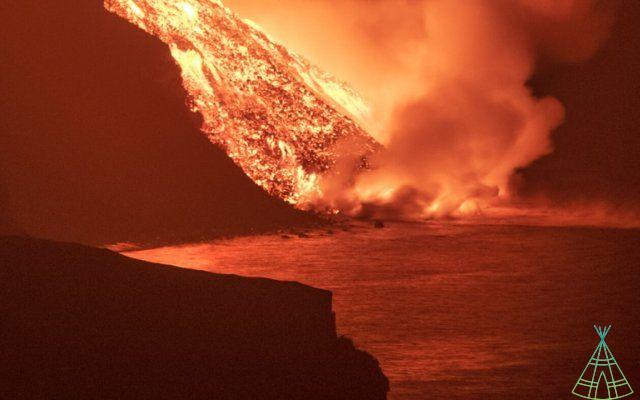
"In fact, it was even possible to see from TV coverage that the lava flow was too fast, thus deducing its low viscosity," Feisel said.
In layman's terms: the lava was more liquid than usual. “Viscosity” is the name given to what gives that “paste” aspect to liquid substances – the more viscous, the more pasty and, consequently, slower. The low viscosity of the lava that came out of Cumbre Vieja made it accelerate its descent – just like you would pour a glass of water on a surface diagonally.
According to the numbers of the new study, at times, the escape velocity of the lava was greater than 10 meters per second (m/s), which also caused unexpected effects, the so-called “standing waves”.
Using ash particles dumped into the air from the Canary Island of La Palma, where the eruption took place, the team was able to determine that the temperature of the expelled magma was between 1150 and 1,2 degrees Celsius (ºC). Furthermore, using a device called a “rheometer”, they melted these particles to measure the viscosity of the resulting material.
"Shortly after the start of the eruption, the viscosity of the lava was measured between 10 and 160 Pascal seconds," said Feisel. “This is about 10 times lower than, for example, the material expelled from the Kilauea volcano in Hawaii in 2018. When this lava cooled, crystals formed, which must have helped to retain the low volume of silicon (SiO2 ), allowing the lava to maintain this viscosity for a longer period of time.”
According to Feisel, these results can serve to create measures that help to minimize the impact of future eruptions. They are, after all, quite unpredictable and, even in the case of nations and cities positioned in areas of high volcanism, protective measures can only be implemented and triggered in a short period of time.
Within this panorama, every second counts in favor of the authorities, so the possibility of analyzing the speed at which the lava advances will certainly help to avoid bigger disasters.
The full study was published and reviewed in the scientific journal Nature munications.
Have you watched our new videos on YouTube? Subscribe to our channel!






